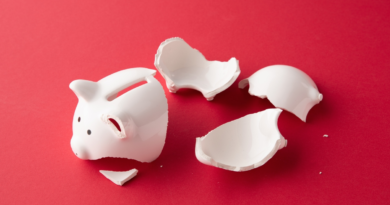YouTube relaxes controversial profanity and monetization rules following creator backlash

YouTube announced today that it’s relaxing the controversial profanity rules that it introduced toward the end of last year. The company says the new rules ended up creating a “stricter approach” than it had intended. The new update to the policy allows creators to use moderate and strong profanity without risking demonetization.
The original policy that was introduced back in November would flag any video that used profanity in the first 15 seconds of the video and make it ineligible for monetization, which meant that YouTube wouldn’t run ads on such videos. The change was retroactive and some creators said they had lost their monetization status as a result.
YouTube said back in January that it planned to modify the new rules.
Although the new relaxed rules don’t revert these changes back to the platform’s old policy, YouTube is making some changes that will allow creators to be eligible for limited ads if they use strong profanity within the first few seconds of a video. Under the November update, such videos would have received no ad revenue. The company also notes that video content using profanity, moderate or strong, after the first 7 seconds will be eligible for monetization, unless used repetitively throughout the majority of the video. Once again, such videos would have received no ad revenue under the November update.
YouTube said that it will re-review videos from creators who had their monetization affected by the November policy.
The company also clarified how profanity in music is treated, and noted that moderate or strong profanity used in background music, backing tracks, intro/outro music can now earn full ad revenue. Previously, such content would have received no ad revenue. In addition, the use of any profanity in titles and thumbnails will still be demonetized and cannot run ads, as was the case before the update in November.
The new policy goes into effect starting today. It’s worth noting that although the new policy doesn’t address all of the concerns that creators had and is still somewhat vague, it should make it easier for a big chunk of creators to continue monetizing their videos without having to make major changes.
It’s clear that YouTube is trying to make its massive trove of videos more age appropriate and advertiser friendly, but retrofitting new monetization rules onto a platform like YouTube is a delicate balance, as the past few months have shown.



